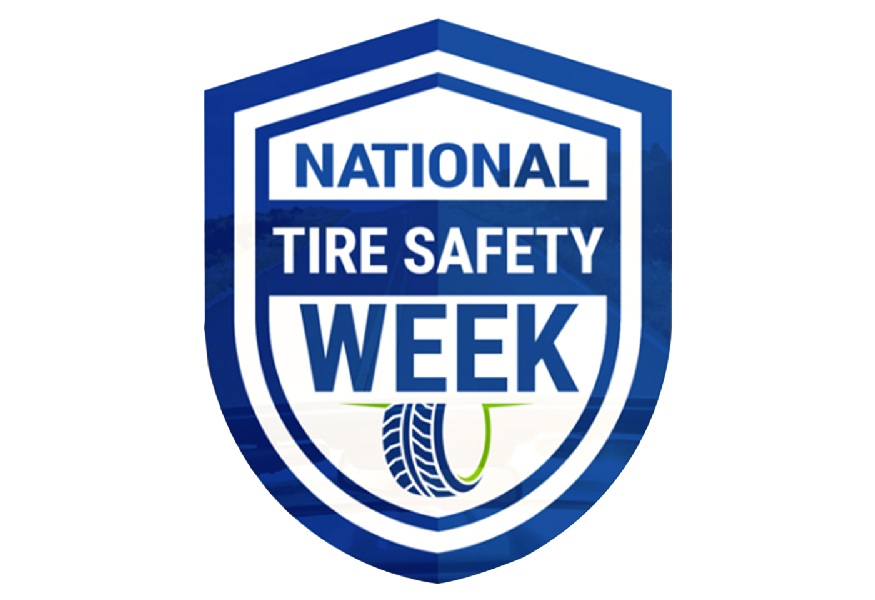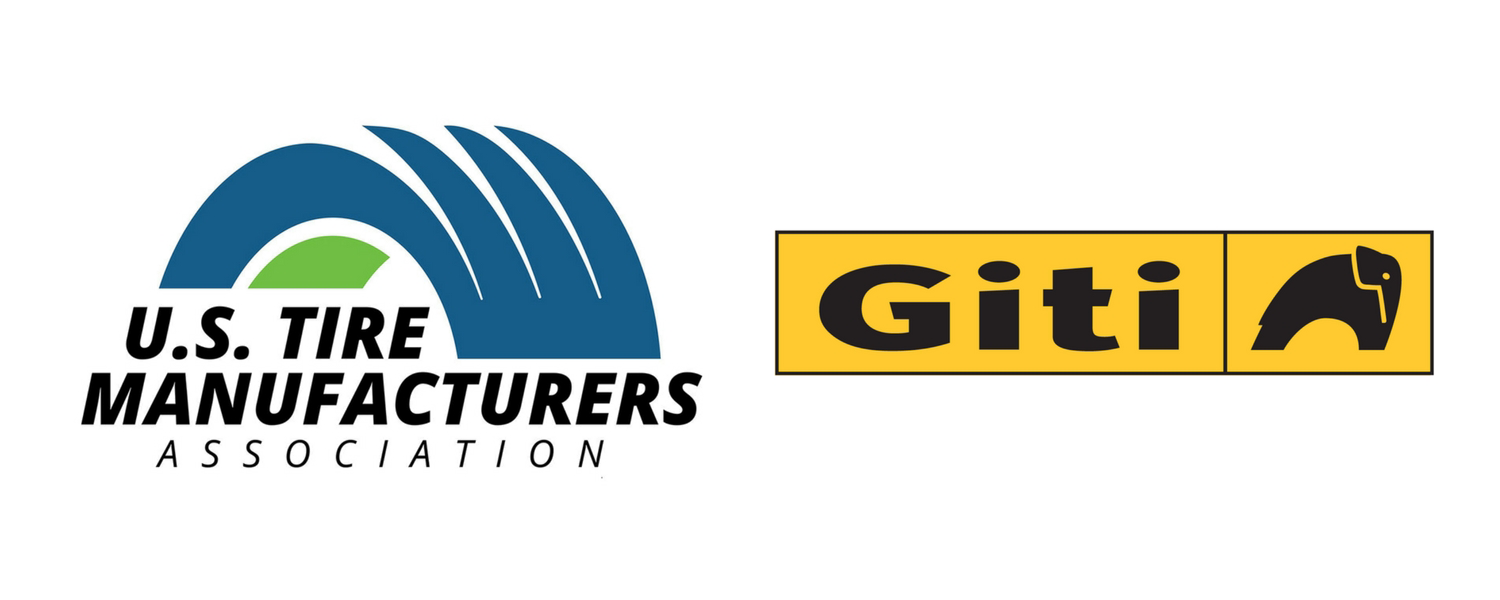National Tire Safety Week Kicks Off with Important Safety Information
National Tire Safety Week kicks off on June 26 with an important message — today’s tires are made to perform better than ever before, yet improperly maintained tires can put drivers at risk.
This message from the U.S. Tire Manufacturer’s Association (USTMA) comes with some startling statistics from the National Highway Transportation Safety Administration (NHTSA):
- Worn-out tires are three times more likely to be involved in a crash than tires with sufficient tread depth.
- 53 percent of drivers do not know how to check tire tread wear or how often they should rotate their tires.
- Under-inflated tires pose a safety risk. 12 percent of all passenger vehicles in the United States of model years 2004-2011 (with and without tire pressure monitoring systems) have at least one underinflated tire – by at least 25 percent.
Americans drove more than 3.169 trillion miles in 2022, an increase of more than 29 billion miles compared to 2021. National Tire Safety Week (NTSW), an annual initiative of the USTMA, aims to educate motorists about simple yet essential steps for proper tire care, safety, and maintenance as an essential part of road safety.
Tire Tips from Giti USA:
USTMA member Giti Tire, which has a passenger and light truck tire manufacturing facility in Richburg, SC, is sharing a tire tip each day during National Tire Safety Week on its social media to support the public education campaign:
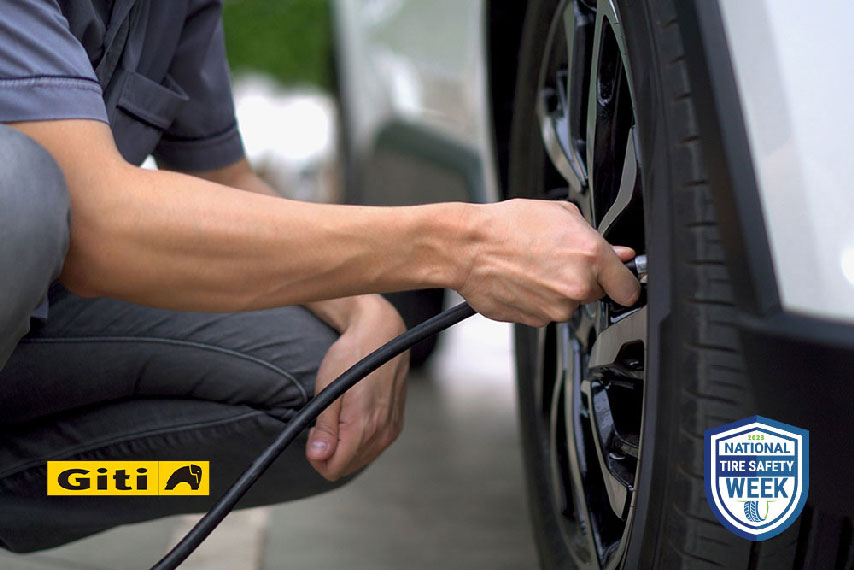
Check inflation pressure
Tires are the only part of your car that touches the road. Keep them road ready by checking your tire pressure each month. Buy a tire gauge and keep it handy in your car at all times. Check your tire pressure at least once per month, and especially before a long trip. Remember, underinflation is a tire’s No. 1 enemy, because it can cause damage. However, overinflation can cause uneven wear plus handling and stopping problems. Use the manufacturer’s recommended air pressure listed on the sticker of your vehicle’s door jamb or owner’s manual as a guide. Always check the pressure of your tires when they are cool or cold. Driving heats up tires, making readings incorrect.
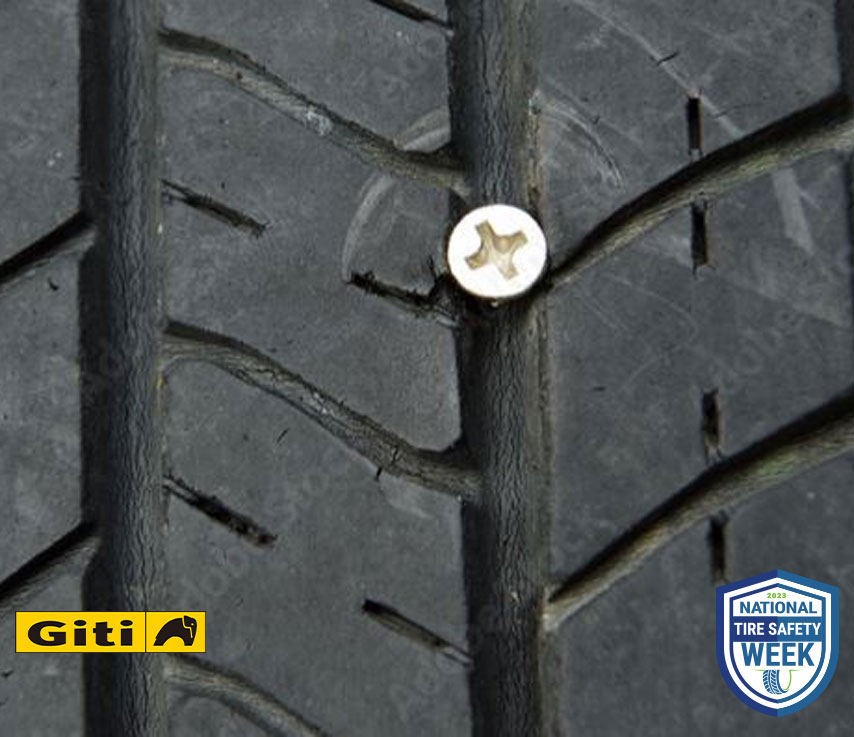
Visual inspection
Before hitting the road, take a few minutes to check the condition of your tires. Well-maintained tires keep your car safer and save you money by reducing fuel consumption and making your tires last longer. Look for any abnormalities like cuts or bulges in the sidewall or internal components such as steel cord showing through the tread. If you see any of these conditions, see your local tire dealer immediately.

Check tread depth
Tires are complex but checking your tread wear doesn’t have to be. The tire tread is the part of the tire that actually meets the road. Tire wear bars are small, raised bars found within the main grooves of your tires in the tread area. They are normally evenly placed six times around the tire to measure how evenly your tread is being worn down. If the wear bars are even with the top of your tire, which you can see visually or feel by running your finger over them, your tire is down to 2/32” in tread depth and it’s time to replace your tires. This is critical because your wet traction will be compromised and you will risk hydroplaning if your tread depth is beyond the legal limit.
Motorists can also use the so-called penny test to check tread depth. Turn a penny so that Lincoln’s head points down into the tread. If the top of his head disappears between the ribs, the tread is still above 2/32.” However, if you can see his entire head, it is time to replace the tire because the tread is beyond the legal limit.
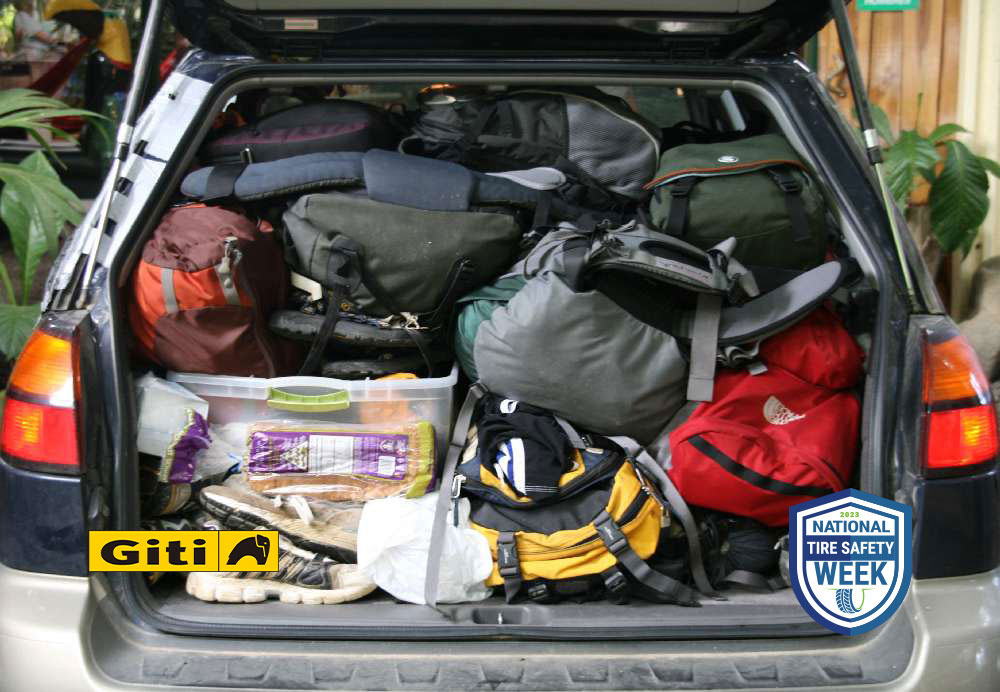
Avoid overloading
Overloading your vehicle can create excessive heat inside your tires which puts stress on tires that can cause damage and lead to tire failure. Check the manufacturer’s load recommendation, which can be found on the vehicle information placard inside the driver’s side door post, or in the vehicle owners’ manual. Remember that the weight of the vehicle’s occupants must also be taken into account when calculating the load.
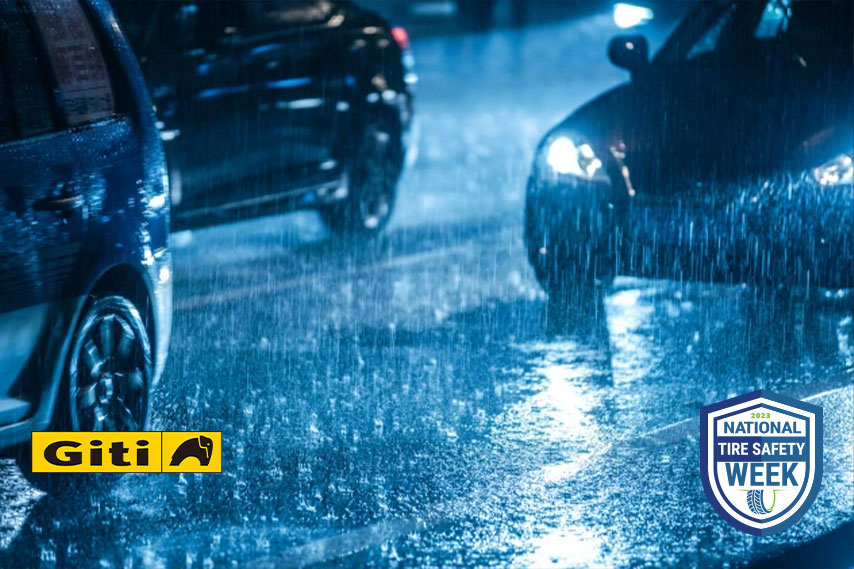
Slow down in wet weather
In addition to having sufficient tread depth for wet traction, remember to ease up on the gas pedal in wet weather. As your speed decreases, the tire footprint (the amount of the tire’s tread contacting the road surface) increases, providing better traction. You also reduce the risk of hydroplaning should you run into water puddled on the road.
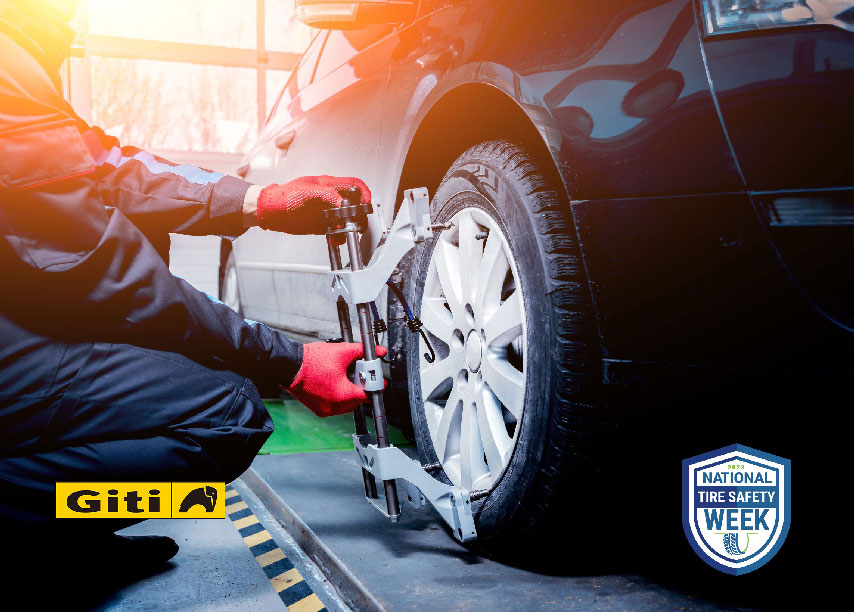
Rotate tires and check vehicle alignment
Rotate your tires every 5,000 to 8,000 miles to obtain maximum tire life. If your tires show uneven wear, ask your tire dealer or automotive service professional to check for and correct any misalignment, imbalance or other mechanical problem involved before rotation.
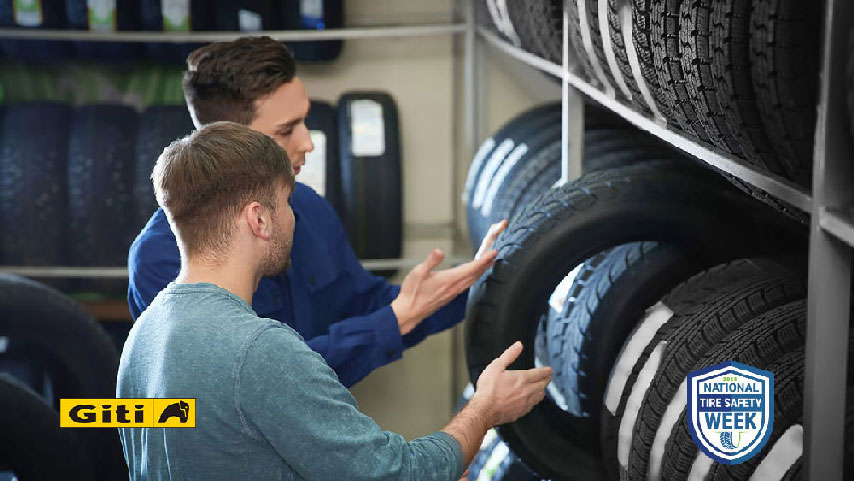
Choose tires carefully
Too many drivers buy a tire based on initial price or appearance. Tire selection should be based on the correct size recommended for the vehicle and its load recommendations. You should consult with a knowledgeable tire or automobile dealer about selecting the proper tire for your vehicle and based on your typical driving patterns.
The GT Radial Maxtour LX, an all-season tire for sedans and CUVS made in the USA by Giti, is a great example of today’s technologically advanced tires. It performs exceptionally well in wet and dry conditions, while delivering a smooth comfortable ride and long tread wear . . . if it is properly maintained! For additional GT Radial information, visit www.gtradial.com.
Summer travel season is underway! People are headed to the beach, traveling to see loved ones and enjoying lengthy road trips. It is important to keep tire safety top of mind.

